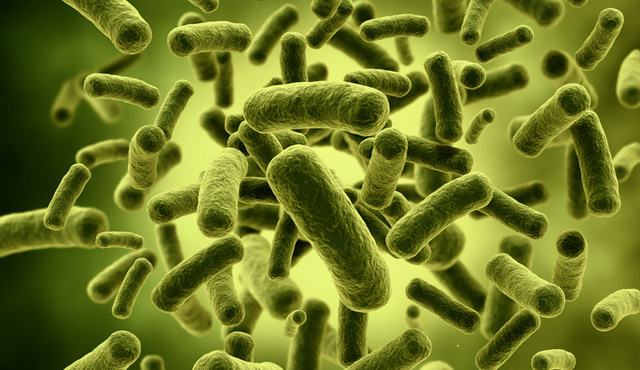The human body contains more microbes than its own human cells
The human body is colonized by 10 times more microorganisms than the number of its own cells: the microbiota. This accounts for about 100’000 billions bacteria and microbes, showing a huge diversity of species. The main roles of the microbiota are helping digestion, synthesizing vitamins, impairing the settling of pathogenic microbes and, last but not least, contributing in the education of the immune system.
Aging results in alterations in the composition and activity of the microbial community
Whereas the microbiota composition is quite stable in healthy adults, is goes through significant changes in newborns as well as elderly people. Changes in nutrition, increased incidence of diseases, and higher medication load associated with aging are factors altering the composition and activity of the gut microbial community (1). For instance, anaerobes and bifidobacteria step back, whereas enterobacteria become more present than previously in life (2).
Knowing that alterations in intestinal microbiota composition are linked with several chronic conditions, including obesity and inflammatory diseases (4, 5), there could be a huge beneficial potential at making your microbiota as happy as possible along the aging process. As we can hardly impact on the aging-linked immunological and physiological alterations, nor easily cut down on medications, nutrition steps out as a potential domain of action. A recent study has shown that microbiota diversity was significantly lower in elderly people living in long-stay care, in comparison to those staying at home, mainly due to a lack of food diversity (3).
Active ingredients as a future possible help for maintaining a healthy gut microbiota in seniors
As a result, the development of active bioingredients for seniors that is expected from the innovative insights into the microbial world is a promising perspective for maintaining a healthy gut microbiota. In particular, probiotics (live microorganisms restoring a balanced microbiota when given at adequate doses) and prebiotics (non-digestible food ingredients able to specifically stimulate growth or activity of some gut bacteria) and their combinations (synbiotics) are currently under the spotlight. Although some feeding trial have already shown promising results with these supplements (for overview see (6)), further longer-term investigations are required to substantiate their use in elderly healthcare fields.
1. Tiihonen, K., Ouwehand, A. C. and Rautonen, N. (2010). Human intestinal microbiota and healthy ageing. Ageing research reviews 9, 107-16 2. Woodmansey, E. J., McMurdo, M. E., Macfarlane, G. T. and Macfarlane, S. (2004). Comparison of compositions and metabolic activities of fecal microbiotas in young adults and in antibiotic-treated and non-antibiotic-treated elderly subjects. Applied and environmental microbiology 70, 6113-22 3. Claesson, M. J., et al. (2012). Gut microbiota composition correlates with diet and health in the elderly. Nature 488, 178-84 4. Burcelin, R., Garidou, L. and Pomie, C. (2012). Immuno-microbiota cross and talk: the new paradigm of metabolic diseases. Seminars in immunology 24, 67-74 5. Ley, R. E., Turnbaugh, P. J., Klein, S. and Gordon, J. I. (2006). Microbial ecology: human gut microbes associated with obesity. Nature 444, 1022-3 6. Woodmansey, E. J. (2007). Intestinal bacteria and ageing. Journal of applied microbiology 102, 1178-86

